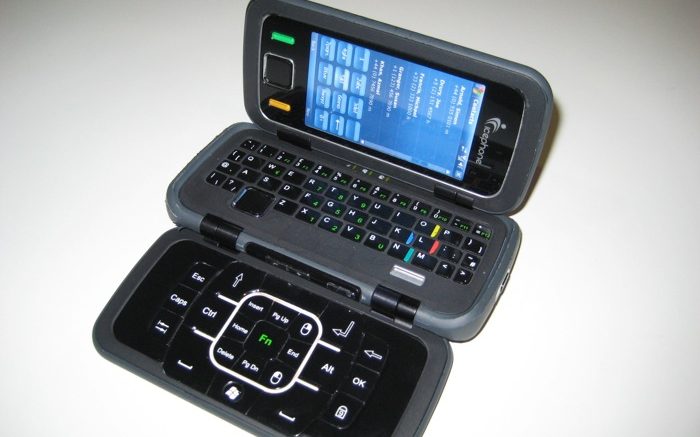At Solid Signal, we’re big believers in cell boosters. Still, even we have to admit that there’s more to getting a good signal than just adding a big amplifier. Adding a big amplifier is a start, and in many cases it’s all that you as a consumer can do, so that’s why all of our cell boosters prominently feature their power levels. Still, a cell booster just amplifies what it hears. While it does amplify the signal, there’s something else you need to worry about: the noise.
The technical parts
This fancy tutorial from all the way back in 2011 uses terms like Ec/Io and Eb/No but they tend to boil down to being fancy (and very specific) words to describe something that most antenna users already know about: carrier to noise ratio (CNR.) There’s always some radio frequency “noise” in the air, coming from appliances or just left over from the Big Bang. The problem is when the noise is almost as strong as the signal. This happens in fringe areas when you’re using a TV antenna, but with cell phones, it happens almost all the time. Cell phone signals are really, really weak, and that means they are almost always affected by the noise around them.
In fact, today’s cell phone signals are almost always nearly as weak as the noise around them, which makes it really impressive that you can get cell signal at all. The magic happens because cell signals are built to be “highly redundant,” meaning that if some of the signal is lost, your phone can make it up using math.
Highly redundant?
Think of it this way. If I say “6+4=10” then that makes sense to you. What if I say, “6+grbrmeeleellsqeeeeee=10”? It actually makes almost as much sense because you have enough information to know that the answer is 4. There’s enough “redundancy” in that phrase for you to be able to figure it out. Cell phone signals have many, many layers of redundancy. It’s more like they’re saying,
Hey, I’m going to add two numbers, and one of them is 6, and the other is 4, and they add up to 10, which is also spelled ten, and I’m talking about a six, which is like 3+3, and a four, which is like 2+2, and they add up to ten which is 5+5, and that’s pretty neat that you can take two numbers that are next to each other like 2 and 3, and double them, and then add it all together, and what you get, if you cut it in half, is one more than the highest number.”
That may sound like gibberish to you, but to a computer, it’s sweet, sweet music. You could take away about 90% of that quote and still figure out 6+4=10. That’s actually how cell signals work, and it’s a big reason of why they work at all.
Still, there comes a point where you have so little signal that there isn’t enough to work with, and that’s the point where the call drops. A cell booster can help because even though it amplifies both the signal AND the noise it generally works with a stronger signal due to its large outdoor antenna. That often makes the difference.
Who should get a cell booster?
If you have even one bar of signal outside when you’re standing on your roof, you should get a cell booster. On the other hand, if you have no signal at all when you’re outside, a cell booster probably isn’t going to help. If you’re looking for the best options but don’t know where to start, call us at Solid Signal. Our team of experts can recommend the best booster for you. The number is 888-233-7563.





